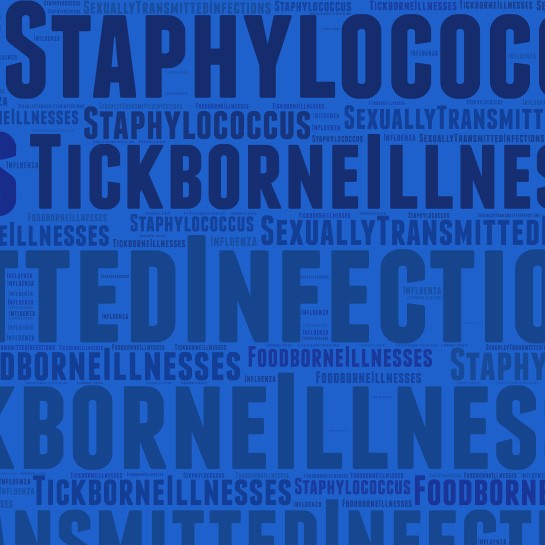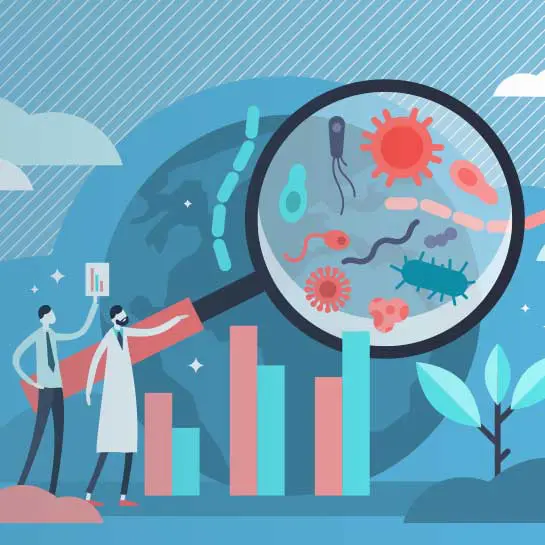Understanding Treatment
for Yeast Infections
What are yeast infections?
Did you know that healthy vaginas contain bacteria and some yeast cells? In fact, the balance between bacteria and yeast plays a crucial role in the health of a woman’s vagina. If the balance of these bacteria and yeast changes, yeast cells can multiply — causing itching, swelling, and irritation. This imbalance is called “candidiasis” in the clinical world, but most people know it as a yeast infection. Yeast infections are not a sexually transmitted disease — although sex can sometimes lead to yeast infections. It’s normal for your body to have an adverse reaction to another person’s natural genital yeast and bacteria.
What causes yeast infections?
When your vaginal chemistry gets thrown off balance — during your menstrual cycle, pregnancy, being sick, taking antibiotics, or having a natural reaction to another person’s genital chemistry — yeast infections can occur. Stress, lack of sleep, and poor eating habits, such as eating too many sugary foods, can also cause yeast infections.
What are the symptoms of yeast infections?
Telltale symptoms of yeast infections include vaginal itching, swelling, burning during urination or sex, pain during sex, soreness, redness, and a rash. Other symptoms include a vaginal discharge that is whitish, gray, or clumpy.
How does ID Care diagnose yeast infections?
First, ID Care physicians will do a thorough review of your medical history — we’ll ask questions about any past yeast infections or sexually transmitted diseases. Then, we’ll review results from your last pelvic exam, as well as any laboratory results because these may reveal the type of fungus or bacteria that caused your yeast infection — which will guide you to the most effective treatment.
How does ID Care treat yeast infections?
Treatment for yeast infections depends on how severe and frequent they are. Most of the time — if your infections are mild to moderate and infrequent — ID Care specialists will recommend an antifungal medication. This medication is available as a cream, ointment, tablet, or suppositories — many of which can be purchased at your nearest drug store. There are also one-time oral medications available to manage more severe symptoms. And traditionally, yeast infections will clear within three to seven days.
How can I prevent yeast infections?
To prevent yeast infections, try wearing underwear that has a cotton crotch and isn’t too tight. Additionally, avoid douching or staying in wet clothes for long periods. It may also help to stop using scented feminine products or wearing tight-fitting pantyhose.
Sources: Healthline; Mayo Clinic; Planned Parenthood




